Hidden Hakka gems in Metro Line 16 stations
Writer: Cao Zhen | Editor: Zhang Chanwen | From: Original | Updated: 2024-03-06
Shenzhen Metro Line 16 travels through several Hakka landmarks in Pingshan and Longgang districts, earning its moniker, the “Hakka culture inheritance line.” Recently, several Hakka-themed artworks inspired by the cultural resources around some stations, as well as plant specimens, have been installed, transforming the stations into small art museums or nature museums.
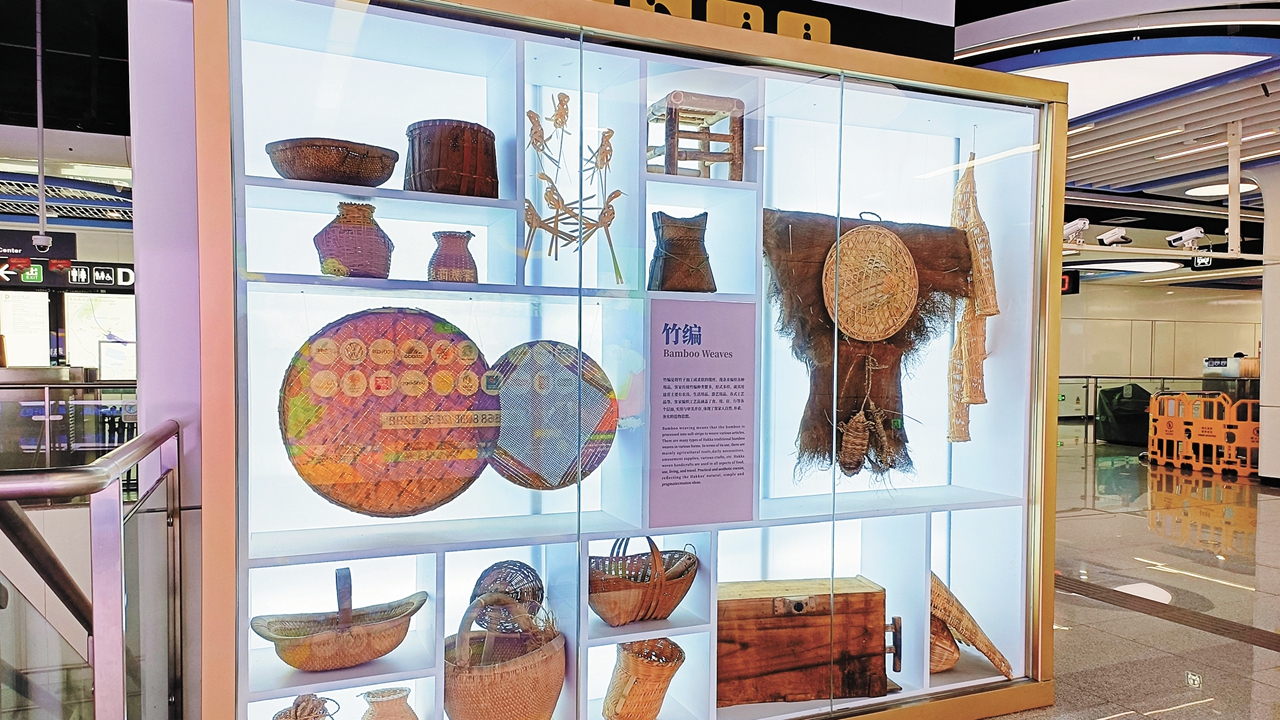
Bamboo baskets and a bamboo raincoat are on display at Pinghuan Station, showcasing traditional Hakka weaving craft. Other bamboo weaving works are also on display at the station. Photos by Cao Zhen
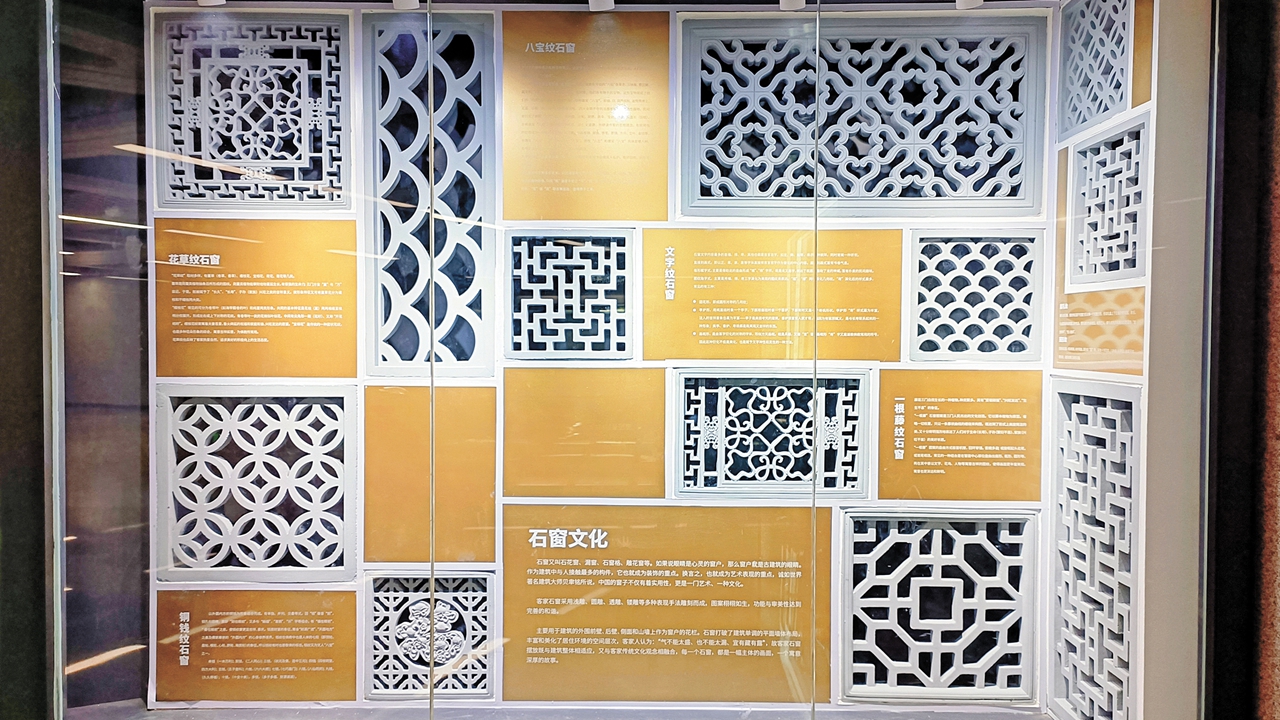
Installations inspired by Hakka stone windows are on display at Liuhe Station in Pingshan District. With various patterns, these windows are one of the most distinctive decorations in traditional Hakka dwellings.
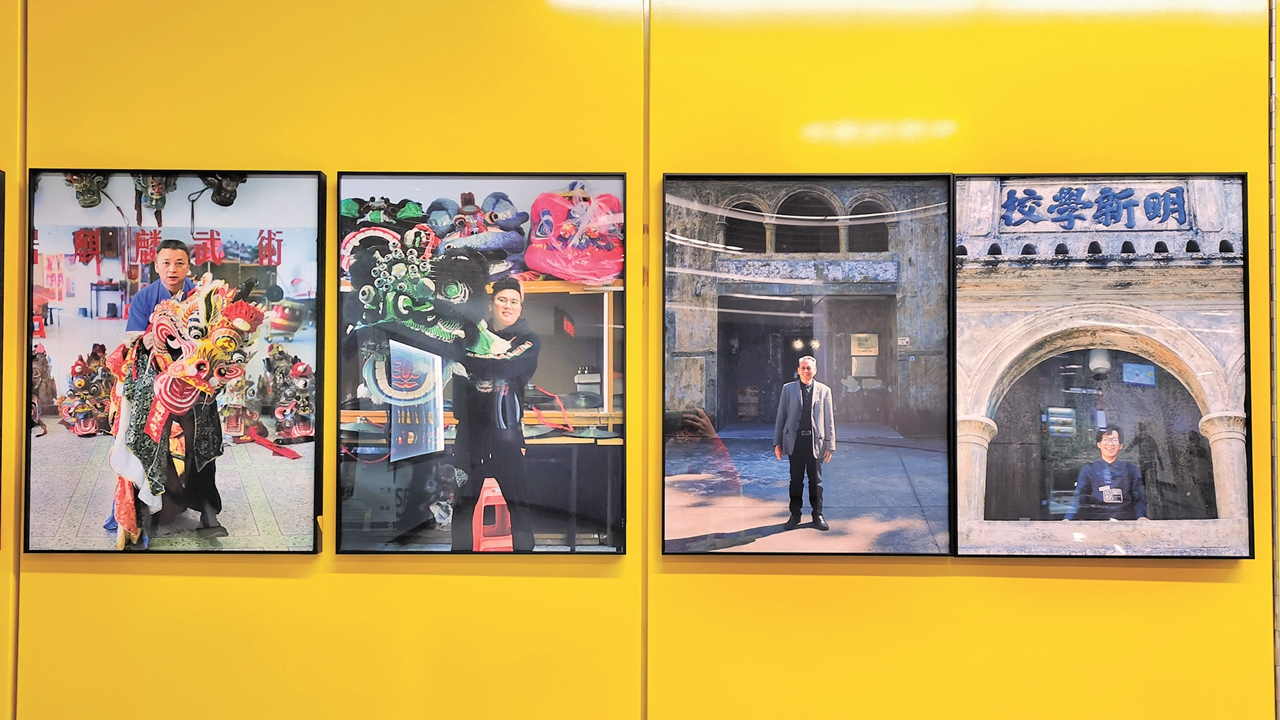
Photos of people holding kylin dance props and people standing at historical sites in Pingshan District are on display at Pingshan Station, providing a visual journey through the district’s rich cultural history.
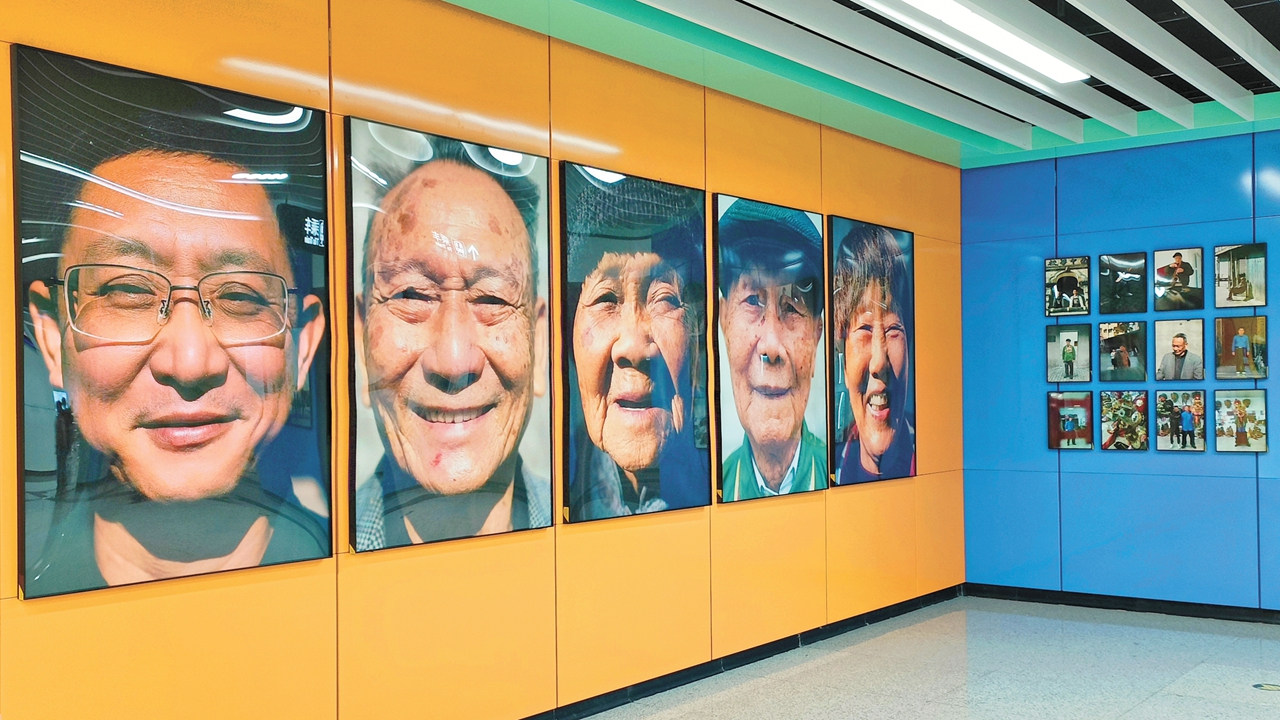
Photos of Pingshan people are on display at Pingshan Station.
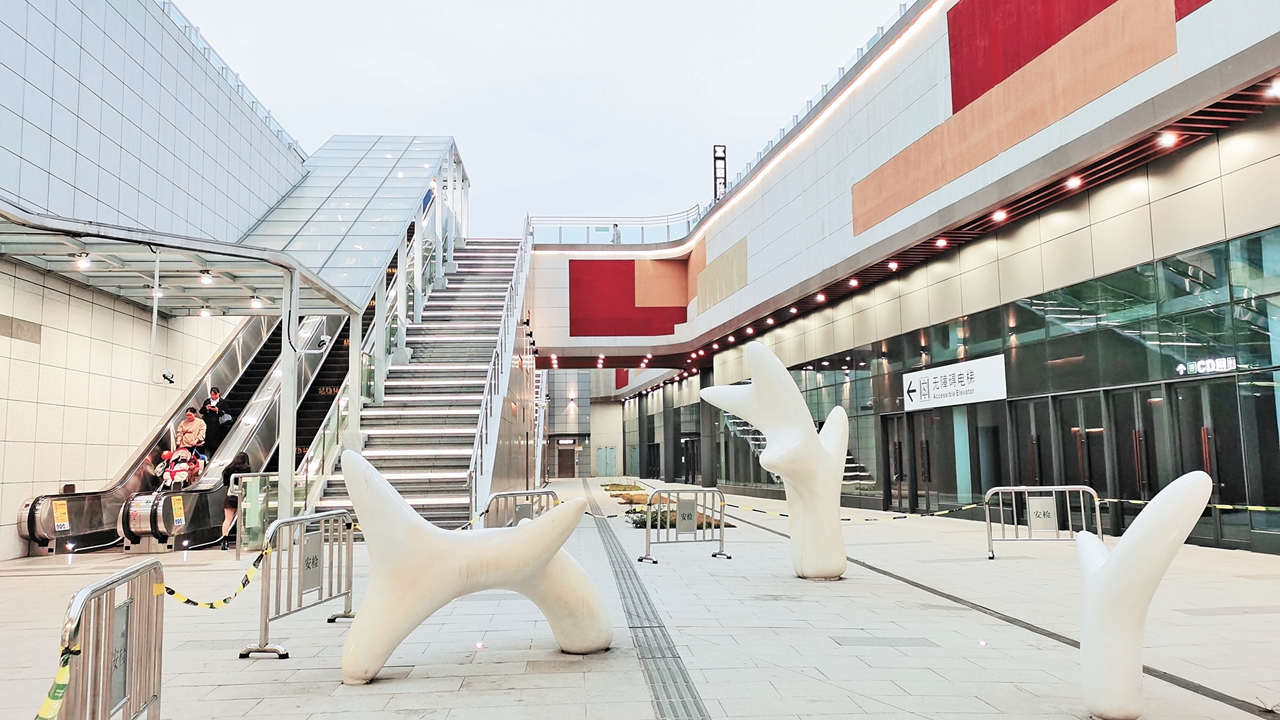
Sculptures inspired by lotus leaves commonly found in half-moon ponds in Hakka houses, are on display at Pingshanwei Station. The old Hakka compound, Dawan Ancestral Residence, is near the station in Pingshan District.
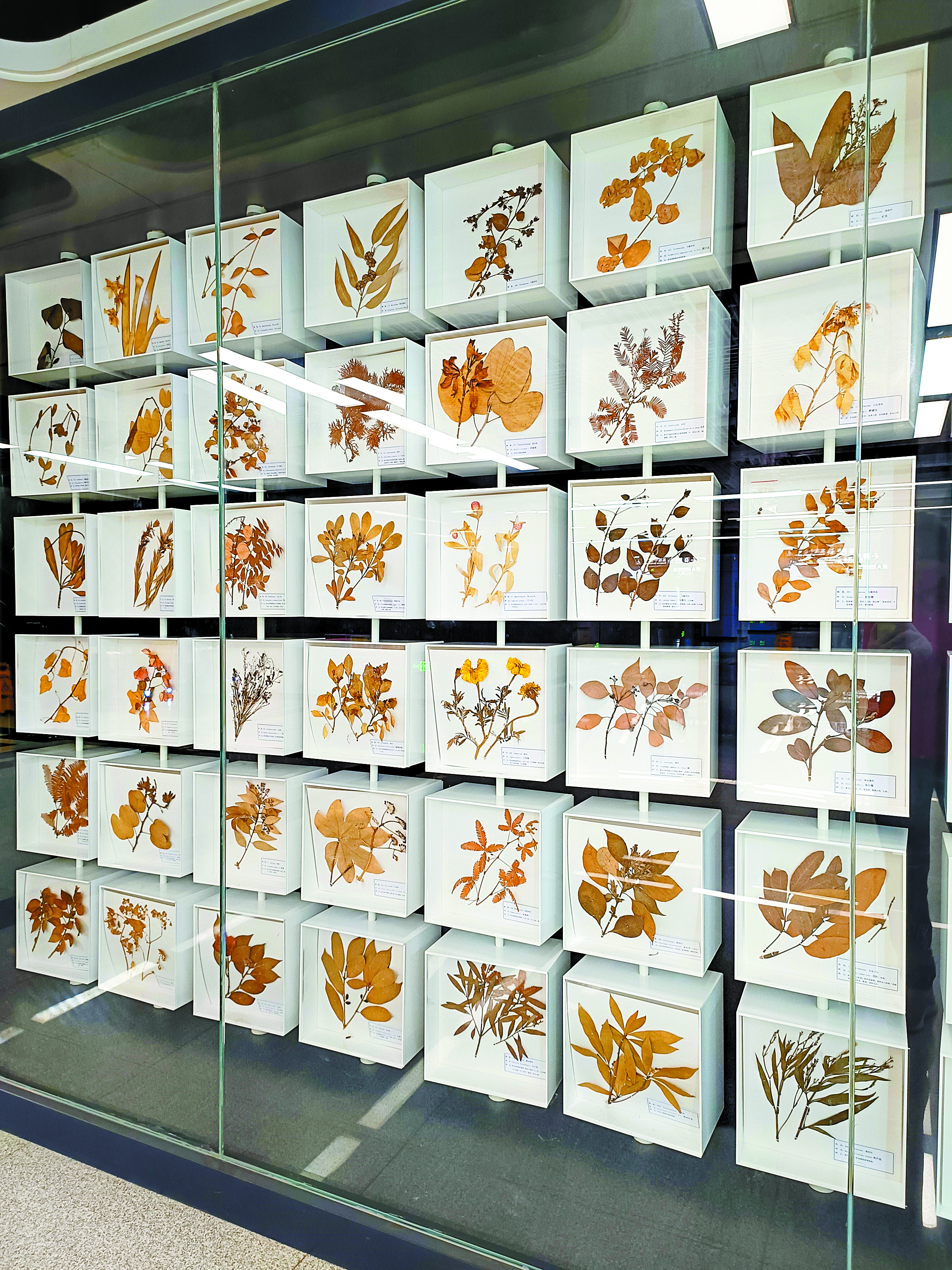
Plant specimens collected at Jingui Village near Shijing Station are on display at the station. Jingui Village in Pingshan District is a typical Hakka old village with rich ecological resources.
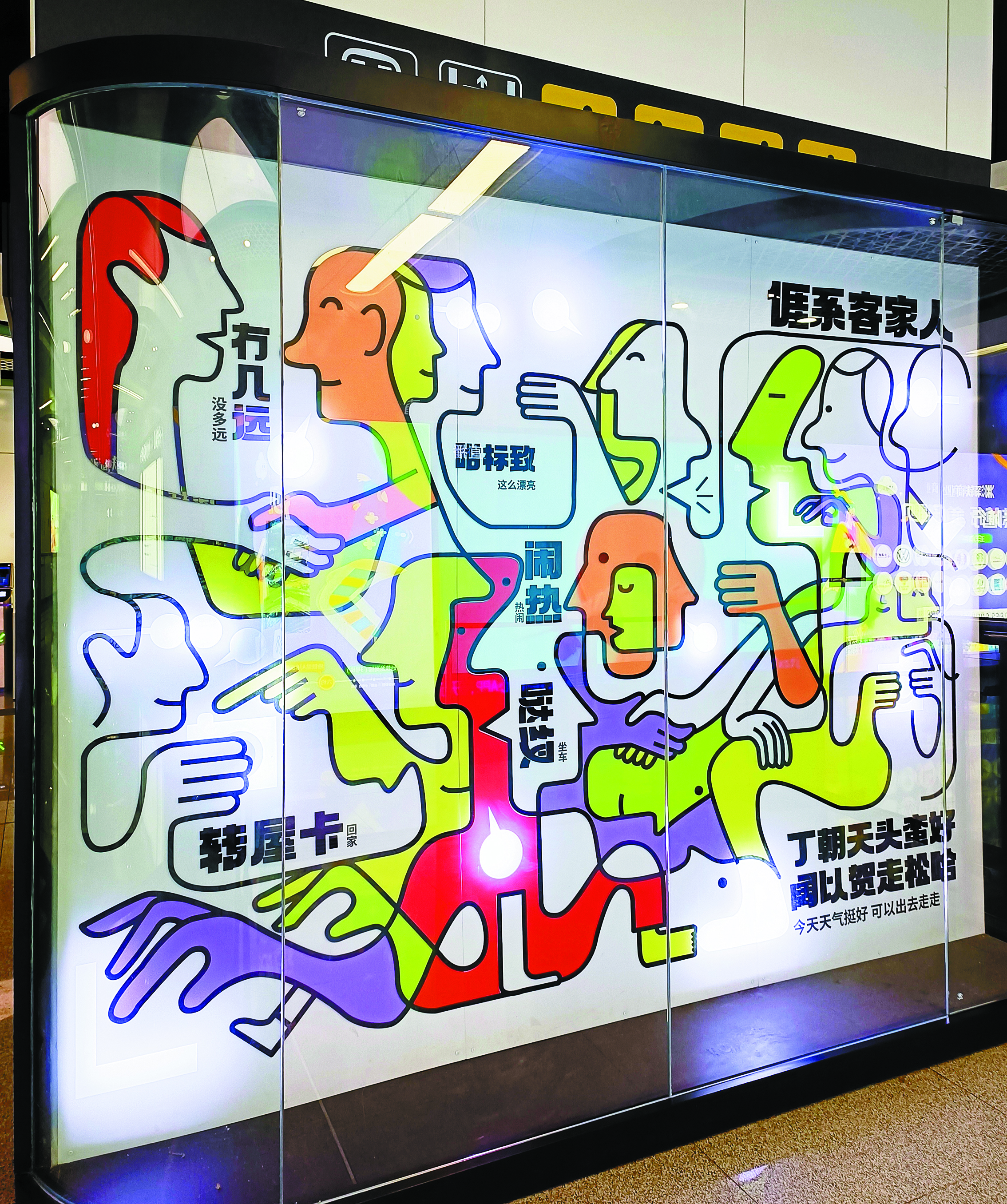
Huilongpu Station, situated in a residential area in Longgang District, features an illustration of colorful faces and Hakka dialects that vividly depict local people’s vibrant lives.